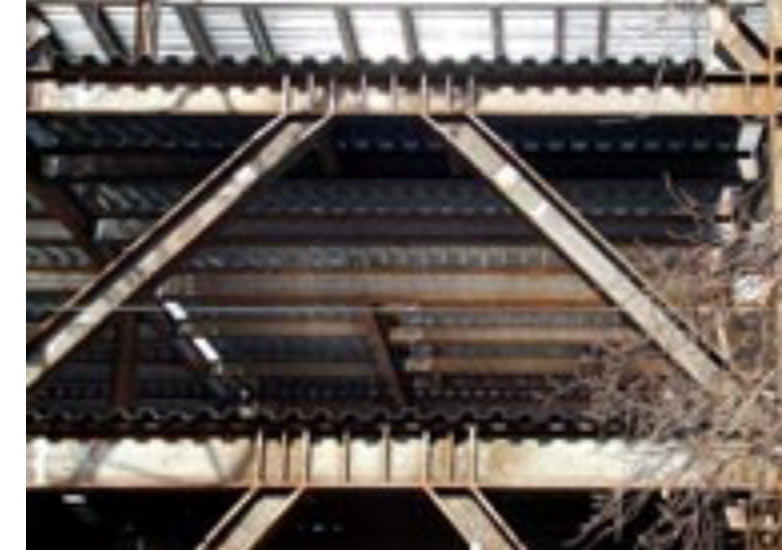Ben29
Structural
- Aug 7, 2014
- 326
I feel terrible. I had a miscommunication with a very good client. He has a large PEMB and I was contracted to design an addition to the building. So we are essentially doubling the building footprint. The idea was that he was going to remove the exterior wall (purlins and metal panel) of the PEMB so that he can have a passage into the new addition. I did not do a site visit prior to designing the addition. I (wrongfully) assumed that the owner or architect would notify me that there was X-bracing that needed to be removed. I assumed that any existing X-bracing would stay.
So there is X-bracing in (2) bays and the owner wants us to remove. Being that this is a 20 year old PEMB (and we do not have any drawings aside from the foundation drawings) - my company does not want to get involved with modifying the X-bracing. So I am trying to harness the powers of Dale Carnegie to try and smooth things over with my client.
Please send advice. It would be a disastrous idea to try and modify the existing X-bracing in this building, right? There are 9 bays without X-bracing that the client can freely pass through.
We are installing an expansion joint between the addition and the existing PEMB. And we will not have snow drift on the existing PEMB.
So there is X-bracing in (2) bays and the owner wants us to remove. Being that this is a 20 year old PEMB (and we do not have any drawings aside from the foundation drawings) - my company does not want to get involved with modifying the X-bracing. So I am trying to harness the powers of Dale Carnegie to try and smooth things over with my client.
Please send advice. It would be a disastrous idea to try and modify the existing X-bracing in this building, right? There are 9 bays without X-bracing that the client can freely pass through.
We are installing an expansion joint between the addition and the existing PEMB. And we will not have snow drift on the existing PEMB.

